The Death of Denials: How AI is Rewiring the Payer-Provider Power Dynamic

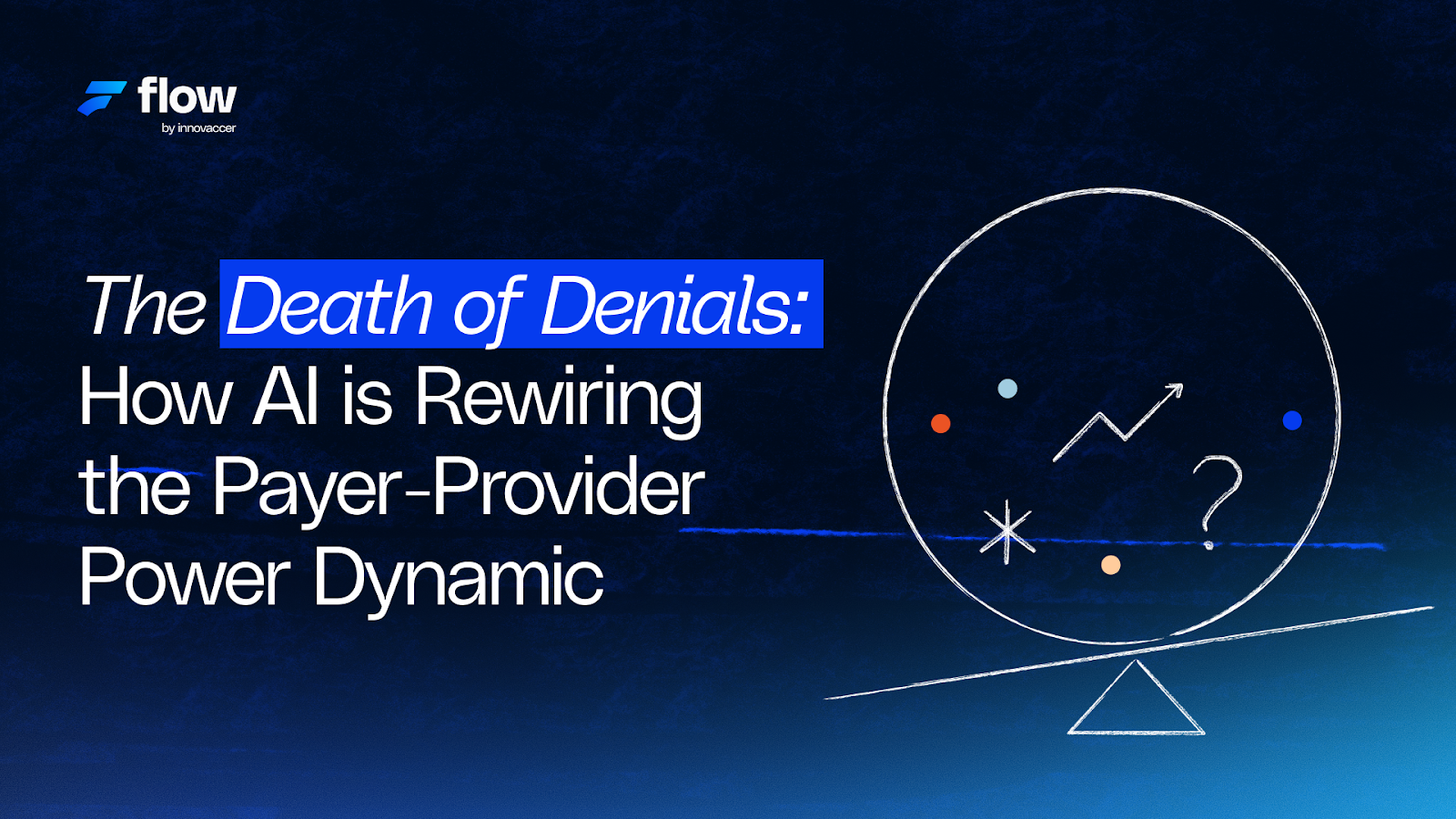
For decades, the payer-provider relationship has resembled a tug-of-war. On one side, providers strive to get proper reimbursement for the care they deliver. On the other hand, payers are trying to control costs, prevent fraud, and manage risk. The rope in the middle? Claims. And the knot that often tightens that rope? Denials.
Denials have long been a pressing issue for the healthcare financial system. They cost US hospitals billions annually, drain staff time, and delay patient care. Providers see them as unfair rejections while payers see them as safeguards. And patients? They are caught in the middle, often facing postponed treatments or surprise bills.
But what if the era of denials as we know it is ending?
The Denial Economy: A Broken System
The denial-heavy dynamic wasn’t built overnight. It’s the product of:
Documentation gaps and coding errors that leave claims vulnerable
A missing modifier or an incomplete chart can be the difference between a claim being paid or denied. With documentation demands becoming more complex every year, even the most competent staff can struggle to keep up. Last year alone, denials linked to requests for additional information rose to 5.4%. This highlights how incomplete documentation can trigger revenue loss.
Evolving payer rules that providers struggle to keep up with
Policies around medical necessity and authorization requirements shift constantly. While providers cut prior auth request denials by 7.7% in 2024, payers quickly responded by moving the bar. Medical necessity denials jumped 5% year-over-year.
Manual processes where human fatigue leads to human mistakes
With claims processed through repetitive and manual workflows, errors often pile up. They slow down reimbursement and contribute to a steady rise in denial rates overall.
A “deny first, appeal later” culture that became standard practice
Many payers still default to denial, forcing providers into resource-draining appeals and leaving patients in limbo.
In short, denials aren’t disappearing. They’re mutating into new forms, keeping providers and payers locked in a cycle of mistrust.
When AI Raises the Stakes
This entrenched cycle has pushed both payers and providers to seek new tools, and increasingly, that means AI. But they have competing goals. As per a recent analysis by HFMA, payers are turning to automation to tighten claim reviews and reduce payouts, while providers are deploying AI to reduce errors and prevent revenue leakage.
The outcome so far? Rising denial rates and slower payments. Initial denials climbed from around 10% in 2020 to around 12% by 2023, with inpatient care even higher. Meanwhile, unpaid claims piled up, straining hospitals’ cash flow and delaying millions in revenue.
The takeaway: AI can either make the struggle worse or help payers and providers work together.
AI as a Collaborative Engine
AI doesn’t have to deepen the divide. It can become the very tool that bridges it. AI can shift from a defensive tool to a collaborative engine for payers and providers to help them achieve common goals. Here's how AI can serve to create common ground and advancement on both sides.
Predict and prevent denials rather than managing them
Machine learning models that have been trained on historical denial data can also identify and flag missing documentation or high-risk claims prior to submission. In other words, AI stops denials at the source. This kind of proactive approach increases first-pass yield and reduces the cumbersome and expensive cycle of denials and resubmissions.
Turn documentation into an asset
AI can comb through unstructured EHR data, detect missing elements, and even auto-generate appeal letters. This makes medical necessity disputes less frequent and less resource-intensive.
Automate the routine, focus on the complex
Robotic Process Automation (RPA) can handle repetitive payer portal checks, eligibility verifications, and claim status updates. This frees up human resources to focus
Robotic Process Automation (RPA) can handle repetitive payer portal checks, eligibility verifications, and claim status updates, freeing up human teams to focus on more strategic work like payer negotiations or patient communication.
Build capacity for people-centered work
By taking on several repetitive and error-prone tasks related to claim management, AI allows staff to spend more time where it matters most. Providers can spend more time on patient care and coordination. On the other hand, payers can direct their efforts towards improving coverage and supporting preventive health.
Reimaging Financial Flow in Healthcare
The true promise of AI isn’t just to fix individual tasks in the revenue cycle. Instead, it’s to create flow across the entire system. Denials happen when processes are fragmented. Intake doesn't connect to eligibility, and claims submission won't tie back to the latest payer rules.
However, AI-powered solutions can change that. They embed intelligence at every step, from patient intake and eligibility verification to coding. These solutions ensure that errors are caught early and claims move faster. This allows both payers and providers to operate from a single, transparent source of truth.
Instead of chasing revenue after the fact, AI enables organizations to protect it upstream. Clean claims go out the door the first time, denials drop, and cash flow stabilizes. For payers, this means fewer disputes and faster alignment with providers. Conversely, payers can focus on providing more coverage and assisting with preventative health.
This is more than an upgrade in operations; it is the redefinition of the payer-provider relationship: moving from distrust to shared accountability, based on shared data and real-time automation.
A New Era in Payer-Provider Dynamics
Denials may never vanish completely, but the system that allowed them to dominate the payer-provider relationship is on the verge of collapse. AI is not just raising the stakes; it is reshaping the rules of engagement. When used defensively, AI can reinforce old conflicts.
But when used the right way, it can actually bring payers and providers together, helping everyone work from clean data and make faster decisions to improve outcomes.
That’s the real promise of AI-powered revenue cycle solutions. They don’t just fight denials; they make denials less of a problem in the first place.
The future isn’t about one side winning. It’s about both sides moving forward, together.

.png)




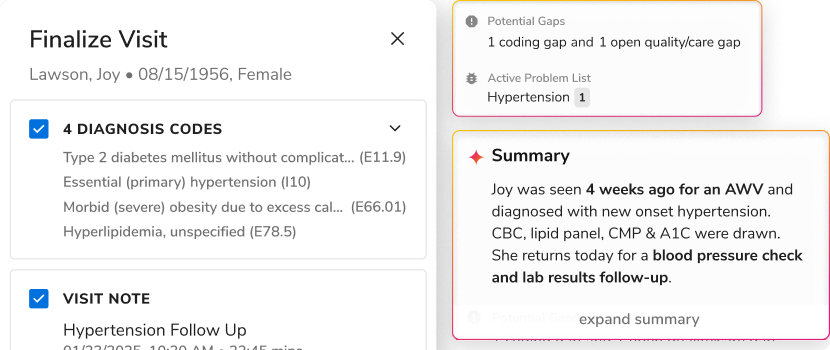
.png)

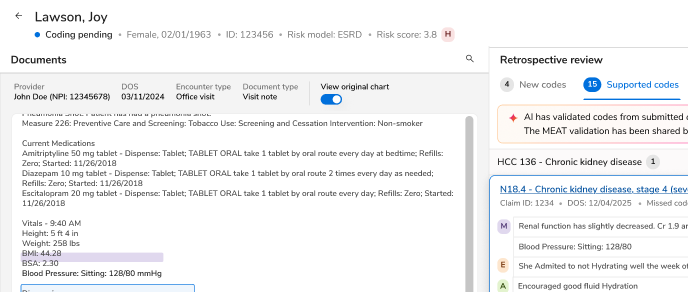
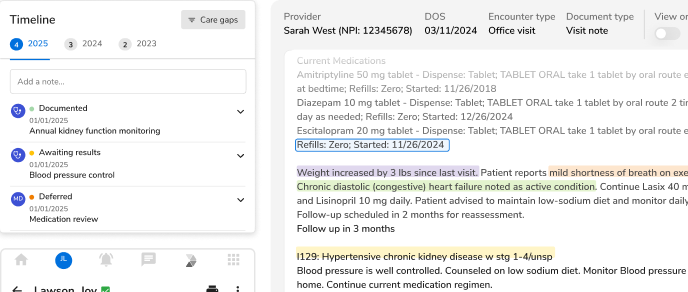
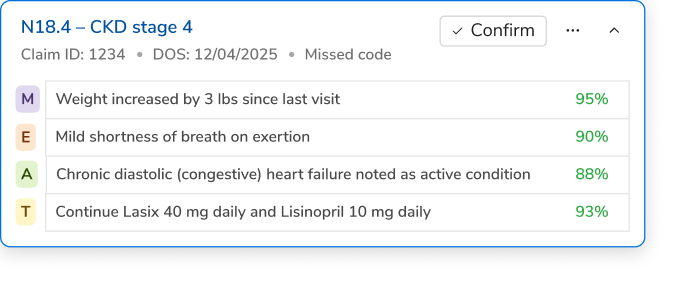





.svg)
.svg)

.svg)

